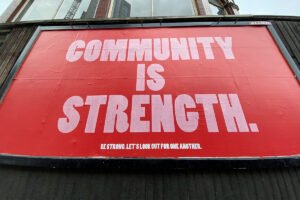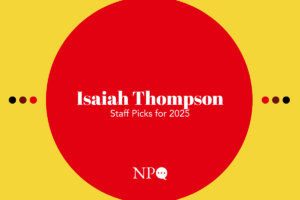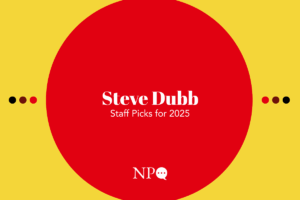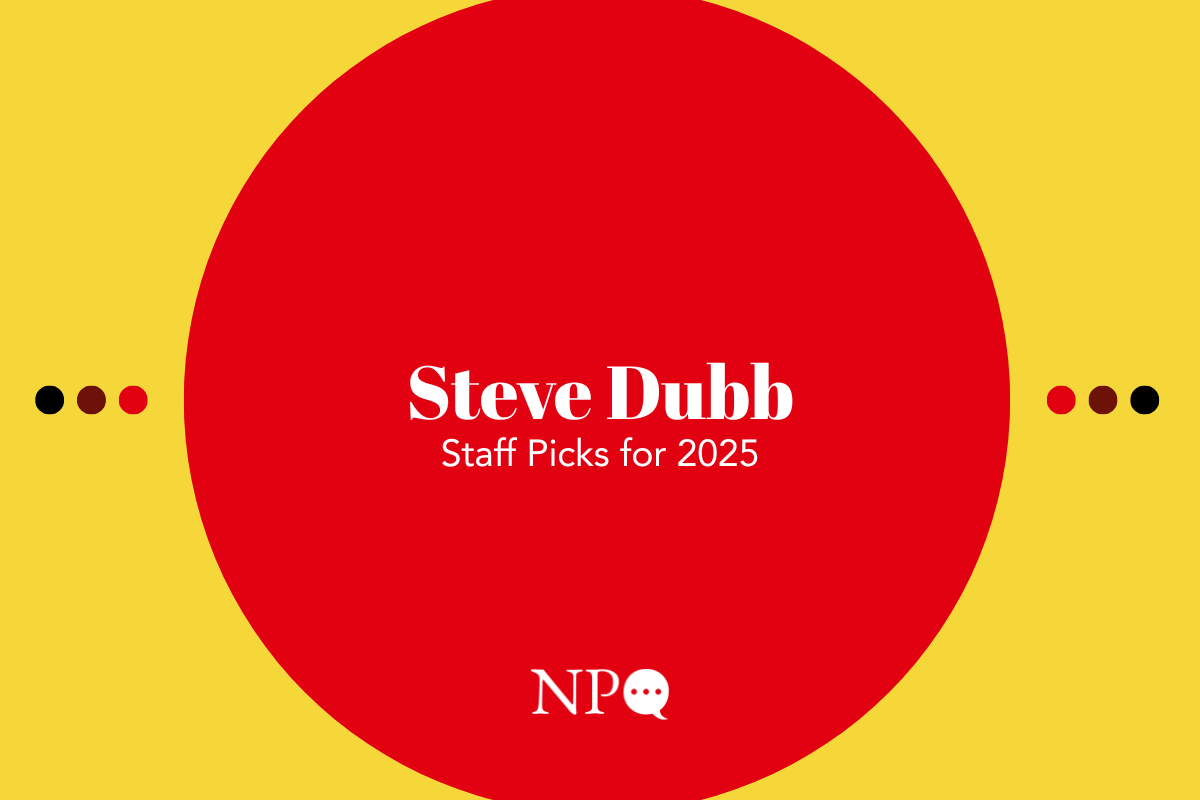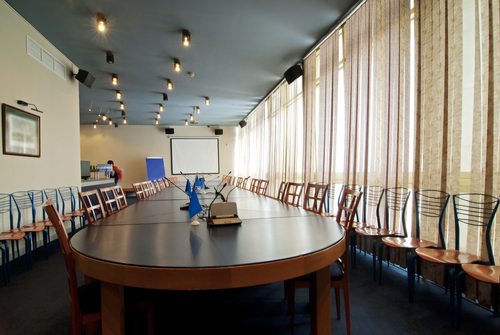
July 2, 2012; Source: Knight Blog
The Knight Foundation considers community engagement one of the best ways to solve community problems, but “there isn’t yet an agreed upon way to describe it, copy it, measure it—or even know it’s spreading.” Knight and other funders are supporting a new Forum for Community Solutions at the Aspen Institute. The forum proposes “to host roundtable discussions with mayors, community leaders, philanthropists and businesses” to ask them what has worked in their community. The group also plans to initiate a forum for projects to help 16-24 year olds who don’t have a job and aren’t in school.
Sign up for our free newsletters
Subscribe to NPQ's newsletters to have our top stories delivered directly to your inbox.
By signing up, you agree to our privacy policy and terms of use, and to receive messages from NPQ and our partners.
The Knight Foundation points to a recent report, “Case Studies of Effective Collaboratives,” which found that “nearly all of [the coalitions studied] struggled with how to engage residents as co-producers of change,” according to Knight. In reading the case studies, there are some clues at to why such struggles occurred:
- Community members are not always at the table where decisions are made. The easiest—and most often overlooked—way to engage stakeholders is to give them a seat at the “big” table. Don’t just poll them or ask them to come to a focus group, but, in the language of community organizing, empower them to make decisions.
- Experts are producing data, but data doesn’t solve all problems. The case studies repeatedly focus on the role of data collection. It’s important to have facts, but it’s also important to remember that facts don’t solve problems or create community consensus. In fact, if stakeholders perceive “experts” as driving the discussion and discussion making, they may be less likely to be engaged.
- Young people know their environment, but no one asks them to help solve problems. Whether the issue is crime or improving schools, young people have a ton of valuable information to share. Yet many times, no one asks them what they think. Young people will be more engaged if they are actively involved in programs and projects that will affect them. They’ll be even more engaged if they get to sit at the big table.
As the Aspen Institute develops its new Forum for Community Solutions, let’s keep in mind that we already know a lot about what works in community engagement, but don’t always practice it. Successful community engagement requires everyone—from the experts to the mayors to the previously uninvolved residents of a community—to believe that the big table approach will work. As long as stakeholders are thought of as people who need to be educated or serviced, they will remain disengaged. Watch for more on this report from NPQ. –Mary Jo Draper



